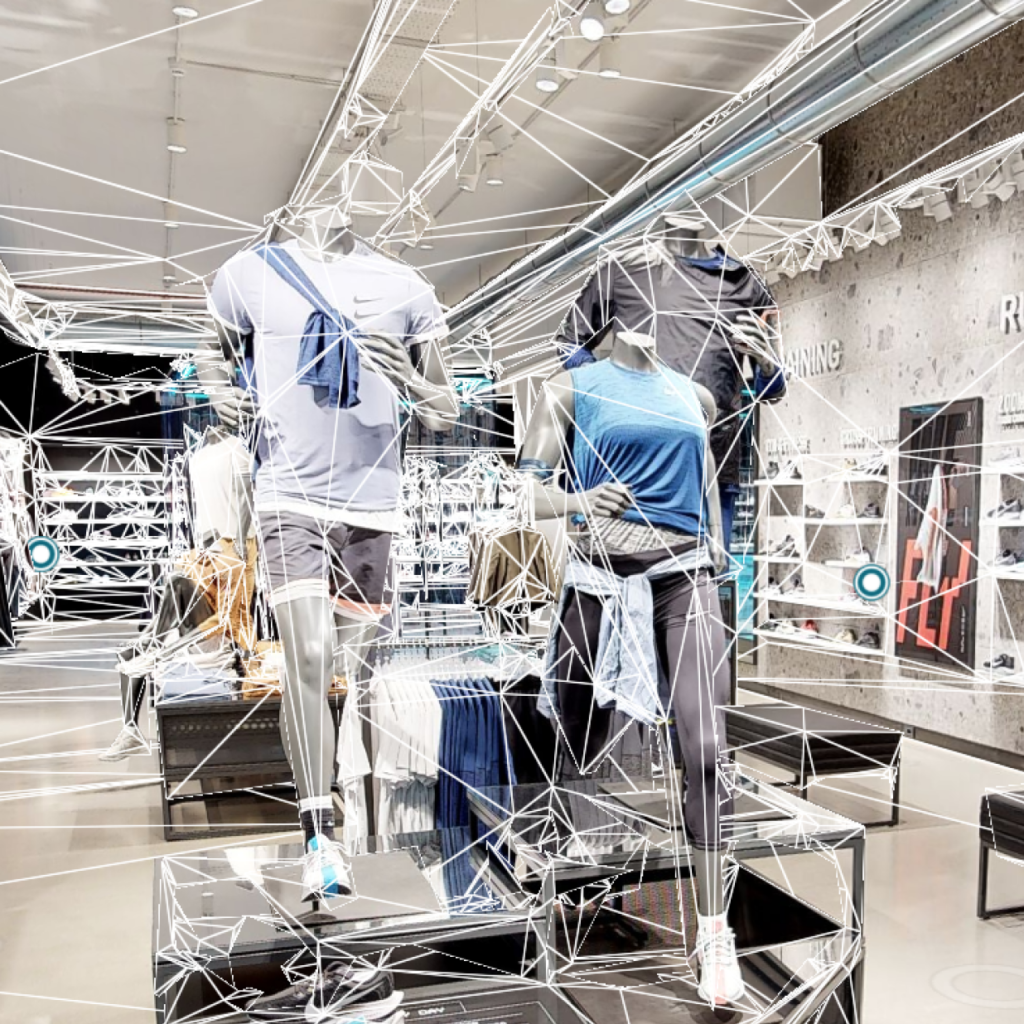By James Morris-Manuel, EMEA Managing Director at Matterport
Retailers hard-hit by the pandemic economic fallout have had to lean into new tech in the past year, scrambling to build out their omni offerings and deliver more innovative experiences to engage consumers. This has resulted in a new shop window for retail: it’s now on our desktops, our mobiles; it’s a livestream, a QR code, a Snap – exclusive offers, all at consumers’ fingertips.
The pandemic solidified omnichannel’s place at the table, and as part of the process retailers have begun to explore the metaverse, and the benefits of 3D digital twin technology. Not only do digital twins provide new ways to engage in an increasingly competitive landscape of ever-discerning consumers, but they have mapped a way forward, both for surviving a crisis and enabling retail to thrive in the long term.
Here are five key ways 3D digital twins can help drive innovation in retail.
- Bridging bricks & mortar and ecommerce
Consumers are interested in 3D shopping experiences: 74% of UK consumers consider a 3D virtual store a more exciting approach when shopping online, according to Matterport research, and 75% are more interested in shopping in 3D rather than on 2D ecommerce sites. As consumer preferences evolve, retailers can get on board with the trend to digitising spaces, differentiating their offering and providing new experiences to their customers that blend the online and offline worlds.
- A new channel for omnichannel
As the world becomes more digitised, consumers are increasingly checking out things they want to buy online, before heading to the shops to complete the purchase. A 3D twin gives consumers the chance to plan their visit, understand a full store layout, and view social distancing measures in place before they visit a store, which has played a key role in restoring confidence as physical stores and indeed the world has begun to reopen. Adding contextual data to digital twins can even convert consumers from browsing to buying in an instant.
- Building better employee engagement
Creating a 3D digital twin doesn’t just have consumer-facing benefits – it can optimise retail management too. Digital twins are a major benefit to internal activities such as virtual tours of premises. This has been especially relevant during the pandemic, but looking beyond, retailers can use digital twins in numerous ways, such as virtual training to bring together employees from all over the country – or even the world. Bringing staff to the site, virtually, is a sea change for training in retail. Imagine turning up on your first day and you’ve already toured the store at length, at your own pace? Or for furloughed staff returning to new layouts? The experience is instantly more seamless.
- Remodelling retail spaces – whatever the occasion
Digital twins offer retailers easily adaptable and highly adjustable models of their stores. This means they can manage their facilities more effectively, simplifying previously arduous tasks like store redesigns, branding, layouts, and visual merchandising. It also gives a solid view of inventory management which is crucial to retail. Whether redesigning new spaces or looking to make the most of existing stores, digital twins significantly reduce refurb time. More broadly, this ability to quickly transform a space gives companies, as well as towns and cities, greater resilience to quickly adjust their spaces – whatever the need or occasion.
- The next ‘new normal’
The pandemic has changed much for retail. To the relief of many, there is a light at the end of the tunnel – some semblance of normality is on the horizon. However, both customers and retailers must face the fact that retail won’t be the same as it was pre-pandemic. But this brings benefits like 3D digital twin experiences, which provide a range of benefits to consumers, retailers, and wider facilities managers alike. Ultimately, the future of retail will include digital twin technology, and retailers must get on board, or risk being left behind in a fast-moving world.
Successful retailers will be those who embrace technology to deliver innovative experiences that engage customers no matter what the occasion. For both revenue-constrained retailers and for consumers eager for new shopping experiences, the metaverse may be just the thing that gives retail a reboot.








